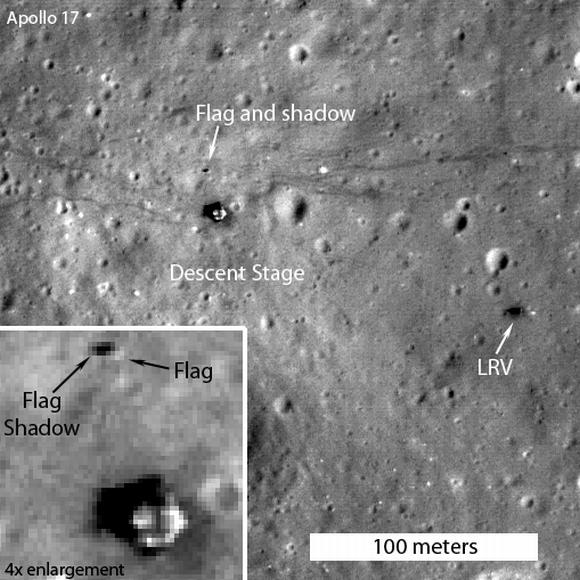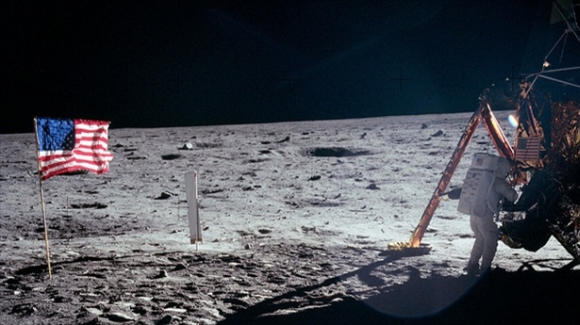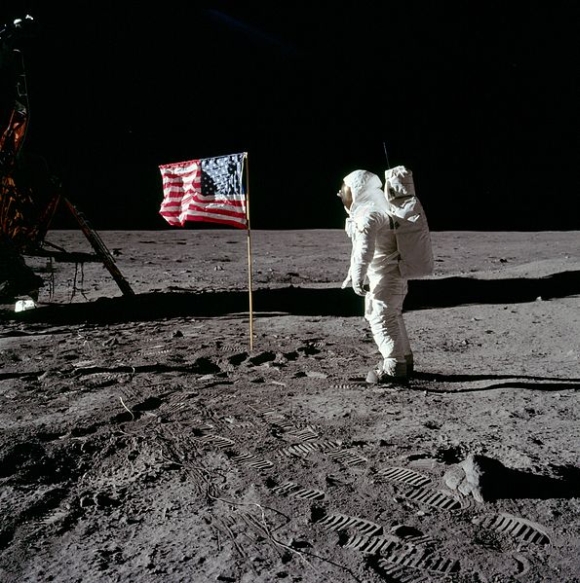 | « Back to article | Print this article |
Man's mark on the moon still flying high
Four decades after America's last landing on the Moon, new images from National Aeronautics and Space Administration's camera have shown that all flags except one planted during Apollo missions are still standing and waving, despite the harsh lunar climate.
All six flags except the one planted by Neil Armstrong during the first ever Moon landing are still standing, according to an analysis of the shadows they cast on the surface of the Moon, the 'Daily Mail' reported.
During each of the six American Moon landings, astronauts left American flags behind as symbols of their nation's scientific and engineering achievement.
Click on NEXT for more...
Man's mark on the moon still flying high
The first was the monumental July 20, 1969, Apollo 11 landing in which Armstrong declared on live television, "one small step for man, one giant leap for mankind".
The final mission was Apollo 17 on December 14, 1972.
Scientists used new, detailed images from NASA's Reconnaissance Orbiter Camera to determine that the flags were casting shadows that circled them as the Moon moved in its normal orbit, proving that they were still standing on their poles.
Click on NEXT for more...
Man's mark on the moon still flying high
"From the LROC images it is now certain that the American flags are still standing and casting shadows at all of the sites, except Apollo 11," wrote Mark Robinson, an investigator with the lunar satellite programme.
"Astronaut Buzz Aldrin reported that the flag was blown over by the exhaust from the ascent engine during liftoff of Apollo 11, and it looks like he was correct!" Robinson wrote.
The American missions to the Moon remain the only manned flights to touch down on a heavenly body.
Click on NEXT for more...
Man's mark on the moon still flying high
"Personally I was a bit surprised that the flags survived the harsh ultraviolet light and temperatures of the lunar surface, but they did," he wrote.
"What they look like is another question," Robinson wrote.
The conditions on the surface of the Moon are harsh. Temperatures swing between 250 and -280 degrees Fahrenheit, the report said.
Click on NEXT for more...
TOP photo features of the week
Click on MORE to see another set of PHOTO features...




